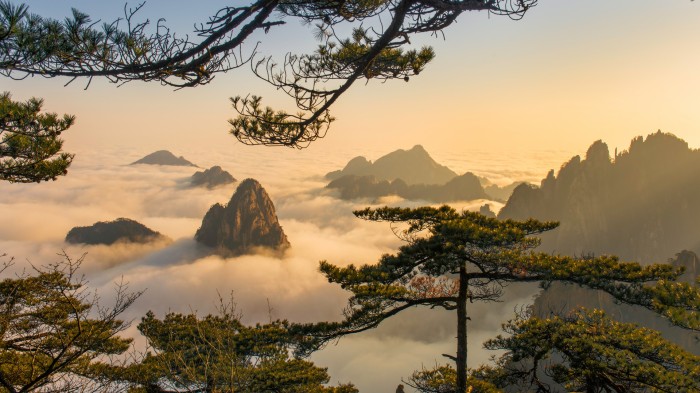
Most of us who have ended up as anesthesiologists were initally drawn to the field because of the perceived benefit of not having to talk to or listen to patients for much longer than it took a stick of Pentothal to make it into circulation. Granted, a certain subset of us are truly loners, lack social skills, or have serious personality aberrations. But I would guess that the larger majority of practicing anesthesiologists have come to realize that talking with patients and the brief time that we get to listen to what they are saying form some of the most rewarding parts of our workday.
Such is the case when Mr. Huang was transferred to the OR table in front of me for his surgery. Since TIVA was on the menu for the day, my practice is to start up the Propofol and remifentanil as soon as he arrived instead of futzing with Versed, et al. Soon, the previously reticent Mr. Huang was telling all of us that his name was the word for “Yellow” in Chinese, and somehow the conversation turned to the Yellow Mountain (Huangshan or 黄山), a mountain range and UNESCO World Heritage Site in the Anhui province of eastern China. 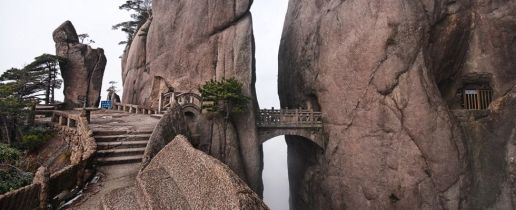 Now, I don’t want to give the impression that this was a long conversation by any stretch, because that’s how quick the onset of the Propofol/remi combination is. But as Mr. Huang drifted off to dreamland, he told me that there are a million steps on Huangshan and in order to get to the top one only has to put one foot in front of another, one step at a time. Then it was beddy-bye for Mr. Huang.
Now, I don’t want to give the impression that this was a long conversation by any stretch, because that’s how quick the onset of the Propofol/remi combination is. But as Mr. Huang drifted off to dreamland, he told me that there are a million steps on Huangshan and in order to get to the top one only has to put one foot in front of another, one step at a time. Then it was beddy-bye for Mr. Huang.
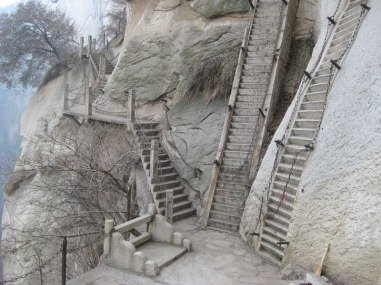 I didn’t think much of it at first…in fact, I basically chalked it up to a drug-induced, drunken, psychedelic pronouncement…and of great hyperbole at that. A million steps? I call BS. Mr. Huang, you Sir are a liar.
I didn’t think much of it at first…in fact, I basically chalked it up to a drug-induced, drunken, psychedelic pronouncement…and of great hyperbole at that. A million steps? I call BS. Mr. Huang, you Sir are a liar. 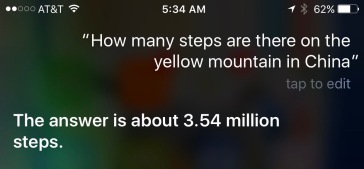 Imagine my surprise when I posed the question to Siri and realized that Mr. Huang’s 1 million steps was actually a gross underestimate as opposed to the exaggeration that I suspected he was prone to.
Imagine my surprise when I posed the question to Siri and realized that Mr. Huang’s 1 million steps was actually a gross underestimate as opposed to the exaggeration that I suspected he was prone to.
Of course, the actual number of steps on Huangshan isn’t important. What struck me as significant and what actually stuck with me after meeting Mr. Huang was his philosophy on life and the outlook that he proposed to getting over his own debilitation. It seems like a simplistic parable in my recounting, but under the influence of my Propofol/remi TIVA Mr. Huang had very much likened his life to the mountain bearing his name. And the million steps in all its treacherous forms represented the struggles of his life with the simple admonition to take one day at a time putting one foot in front of another.
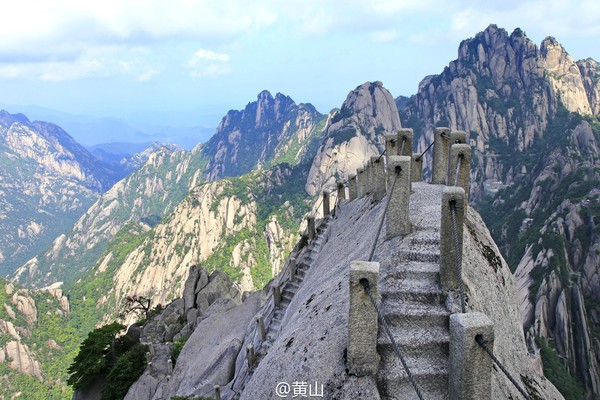
“There are a million steps on Huangshan and in order to get to the top one only has to put one foot in front of another, one step at a time.“
Perhaps you’re thinking that I am over-dramaticizing this interaction or reading too much into it. But my point is that the time we spend with patients as anesthesiologists is preciously brief. As much as we concentrate on informing patients about the anesthetic plan, addressing anxiety, treating complaints of pain, and establishing trust and rapport… we have a lot to learn by example of the patients we encounter and the journey that they are on. We are but human beings, all of us, living life day by day, one step at a time.
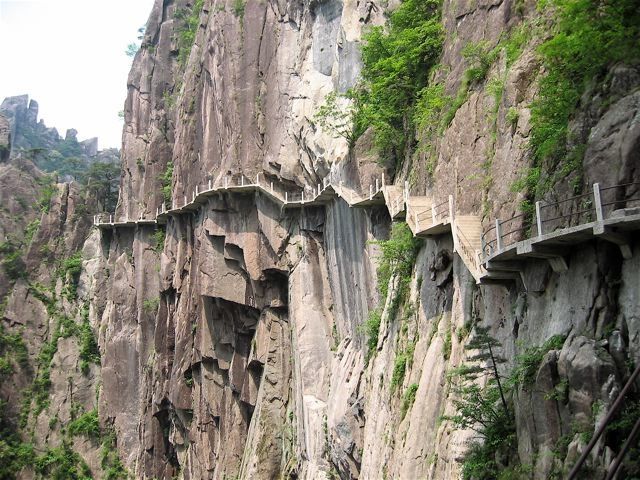
For the record, Yellow Mountain has about 60,000 granite steps. Many of the steps and pathways are terrifyingly cantilevered to the sheer sides of the mountain.  And as monolithically breathtaking as the mountainous terrain is, the individually carved steps make it possible for people to climb the mountain in regular shoes without any special equipment.
And as monolithically breathtaking as the mountainous terrain is, the individually carved steps make it possible for people to climb the mountain in regular shoes without any special equipment. 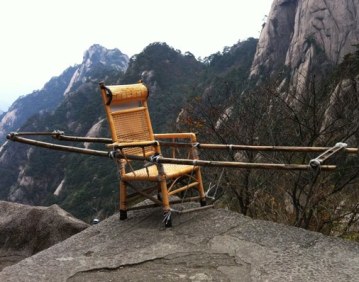 If you really aren’t feeling up to climbing all those steps, you can hire porters to carry you up the mountain in relative style. There is also a very modern cable car that will allow you to pass “GO” and take you straight to the top of the mountain.
If you really aren’t feeling up to climbing all those steps, you can hire porters to carry you up the mountain in relative style. There is also a very modern cable car that will allow you to pass “GO” and take you straight to the top of the mountain.
No matter how you go about getting up your mountain and no matter how many steps it eventually takes for you to make it to the top, Mr. Huang’s words – spoken to me in what was quite possibly the most anxiety-provoking moment of his life – offer sage advice for all of us no matter how big and how difficult our daily struggles might be.
Take the time to listen to your patients. For us it takes just a minute fraction of time out of our busy day. But recognize the honesty of what patients tell you in their time of need. It may not always make sense to us at the moment, but hear it for what we are so privileged to share in. Sometimes you only realize later on how profound an effect patients have on us. And in anesthesia, those effects are, more often than not, out of proportion to the fleeting interaction we’ve shared with each patient.
As always, go forth and ANESTHETIZE! Peace.
Please consider following this blog, either by email or through Twitter. I look forward to sharing more insights and anesthetic implications with all of you!


